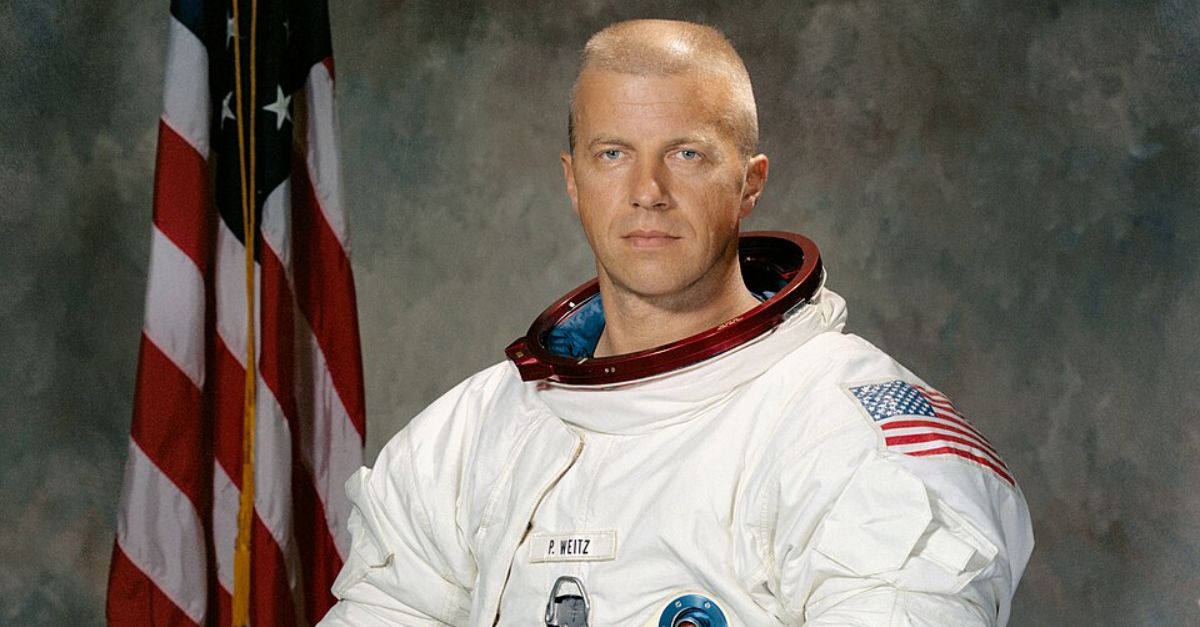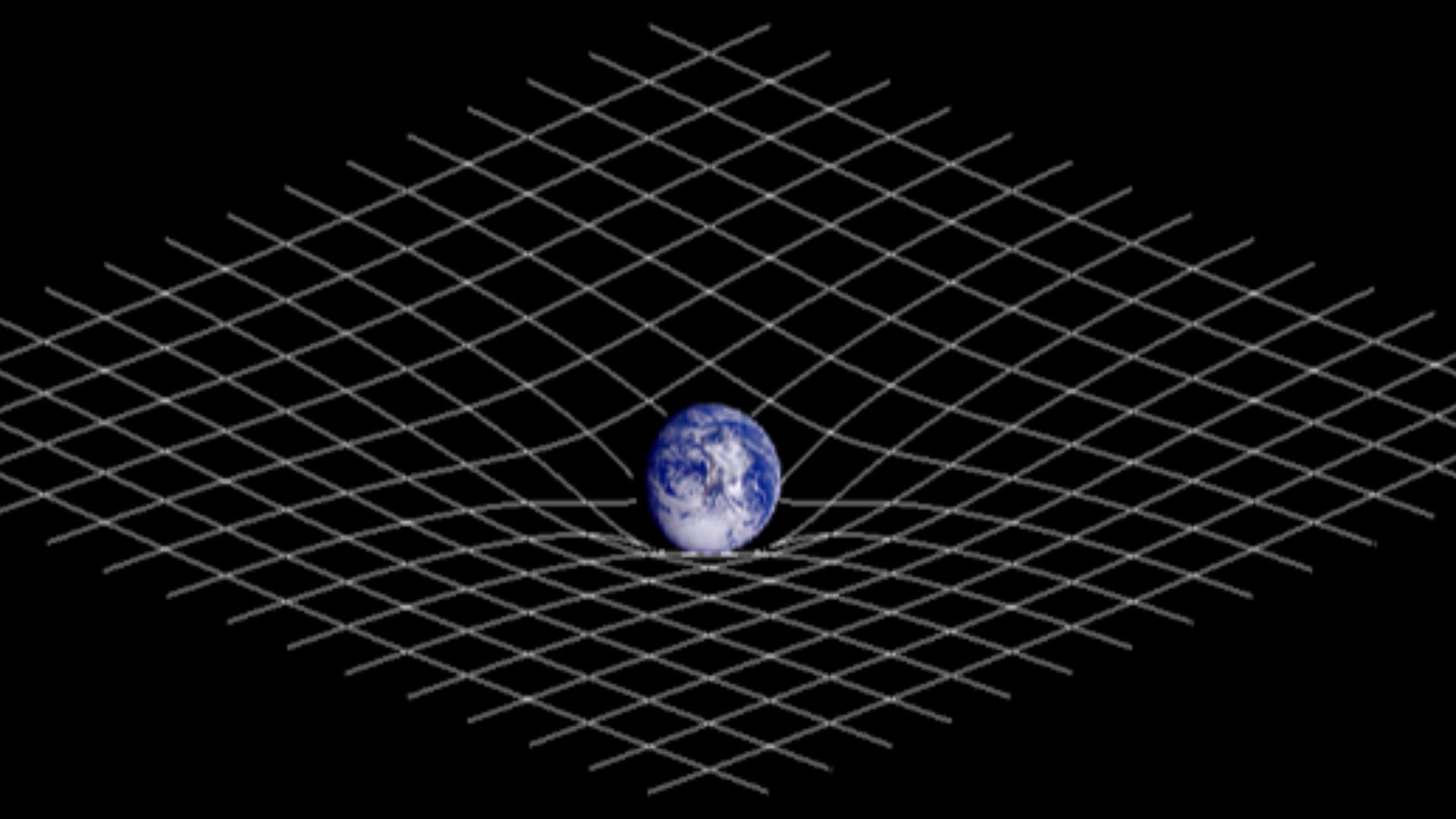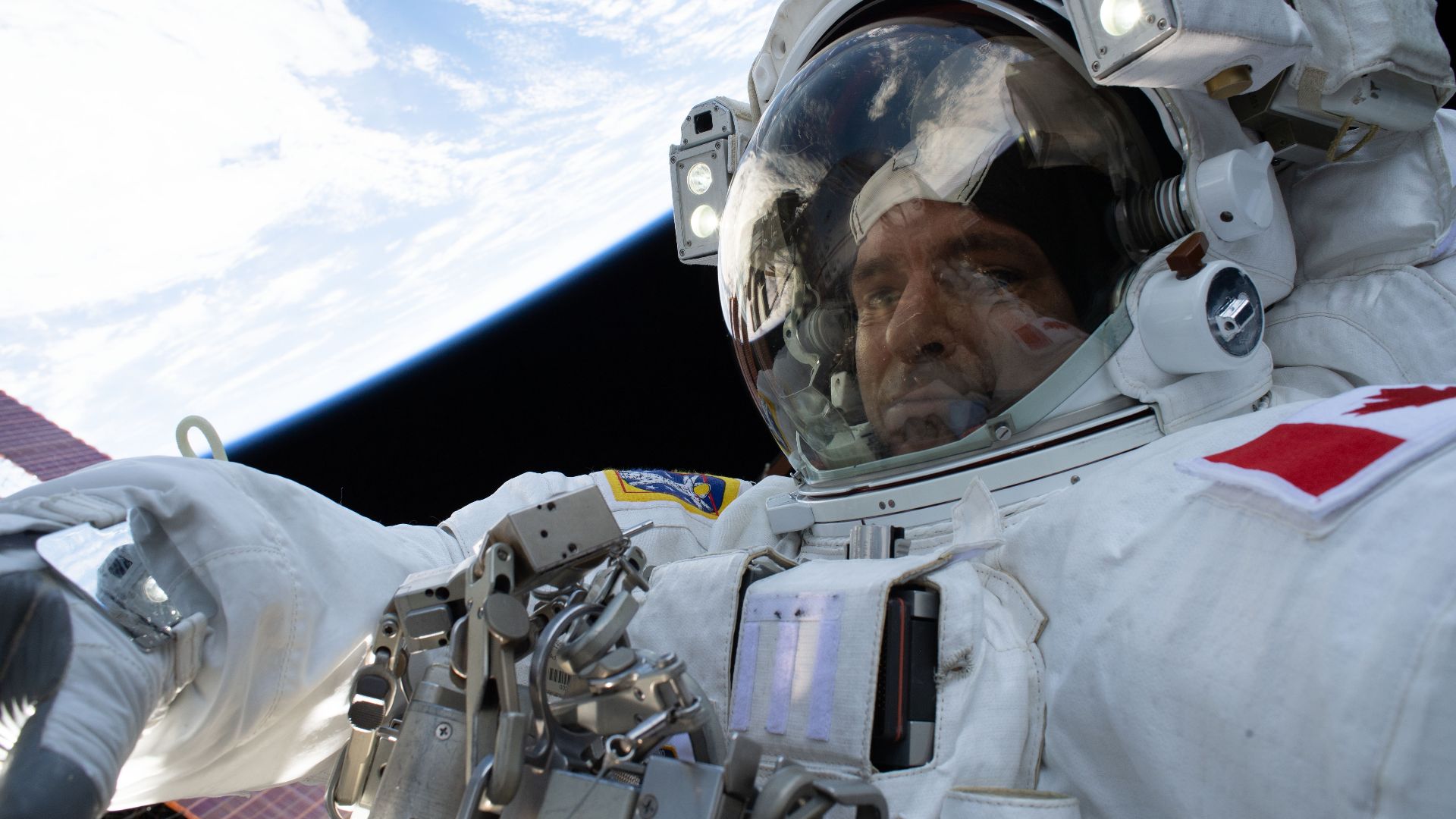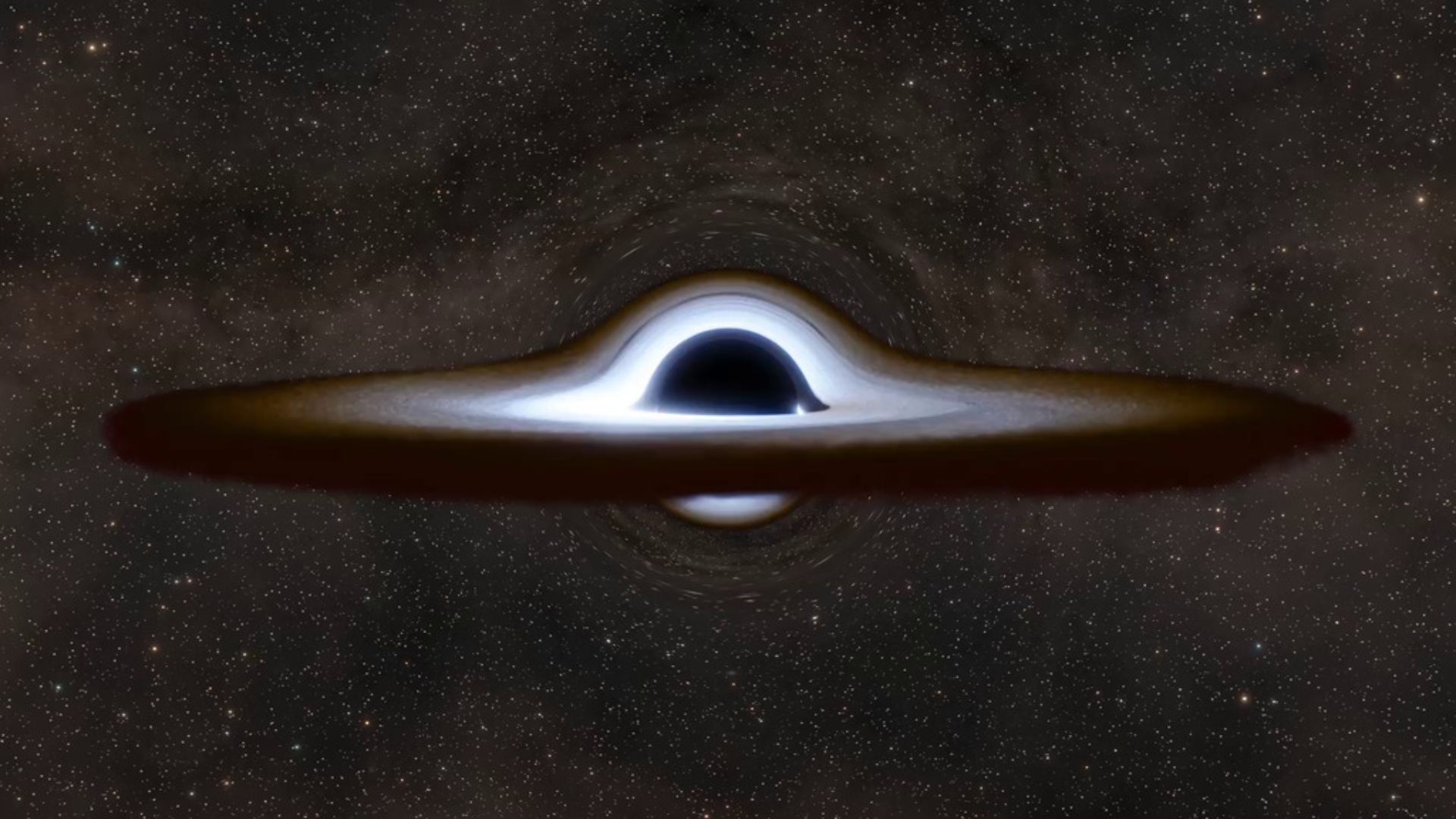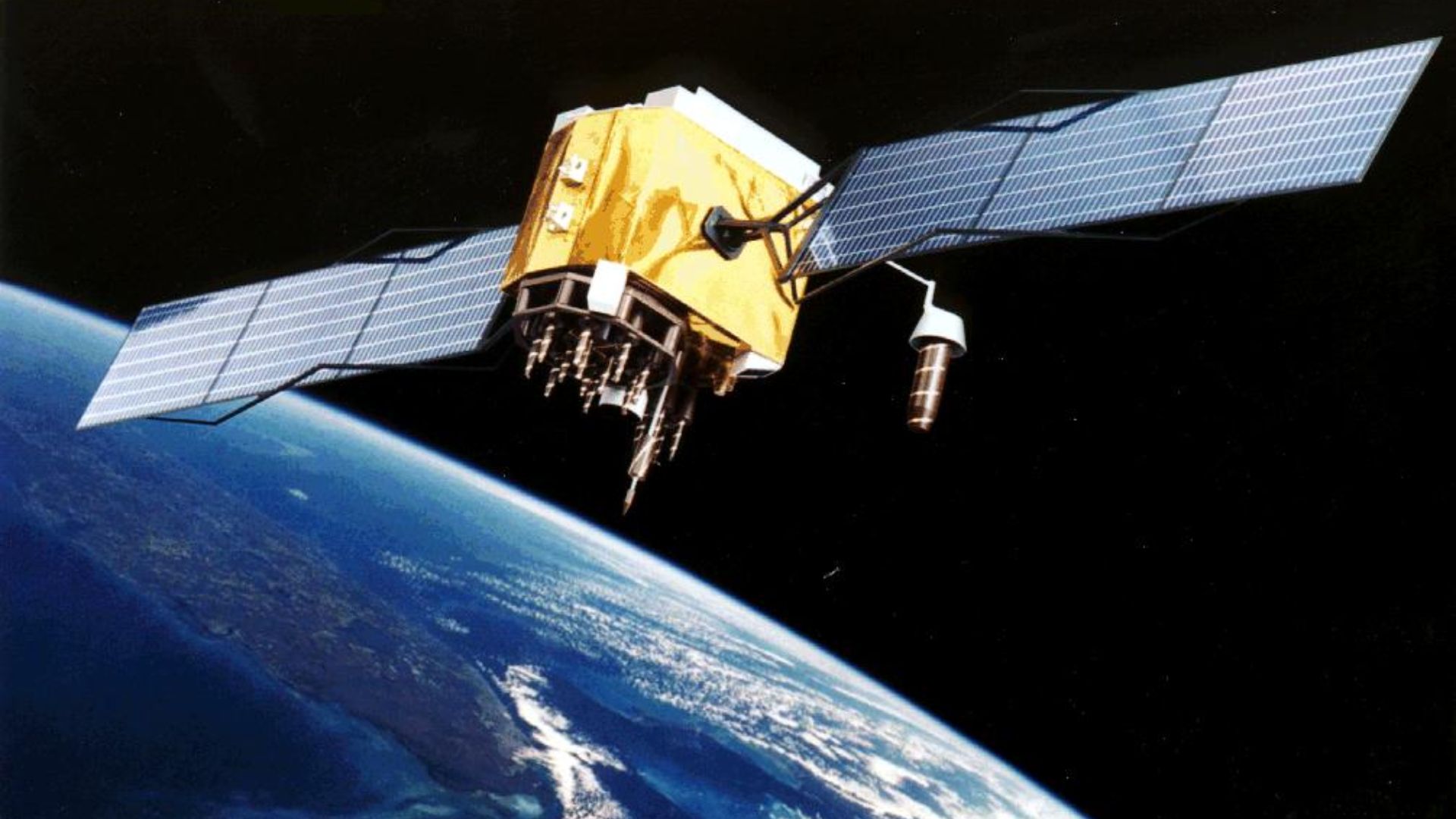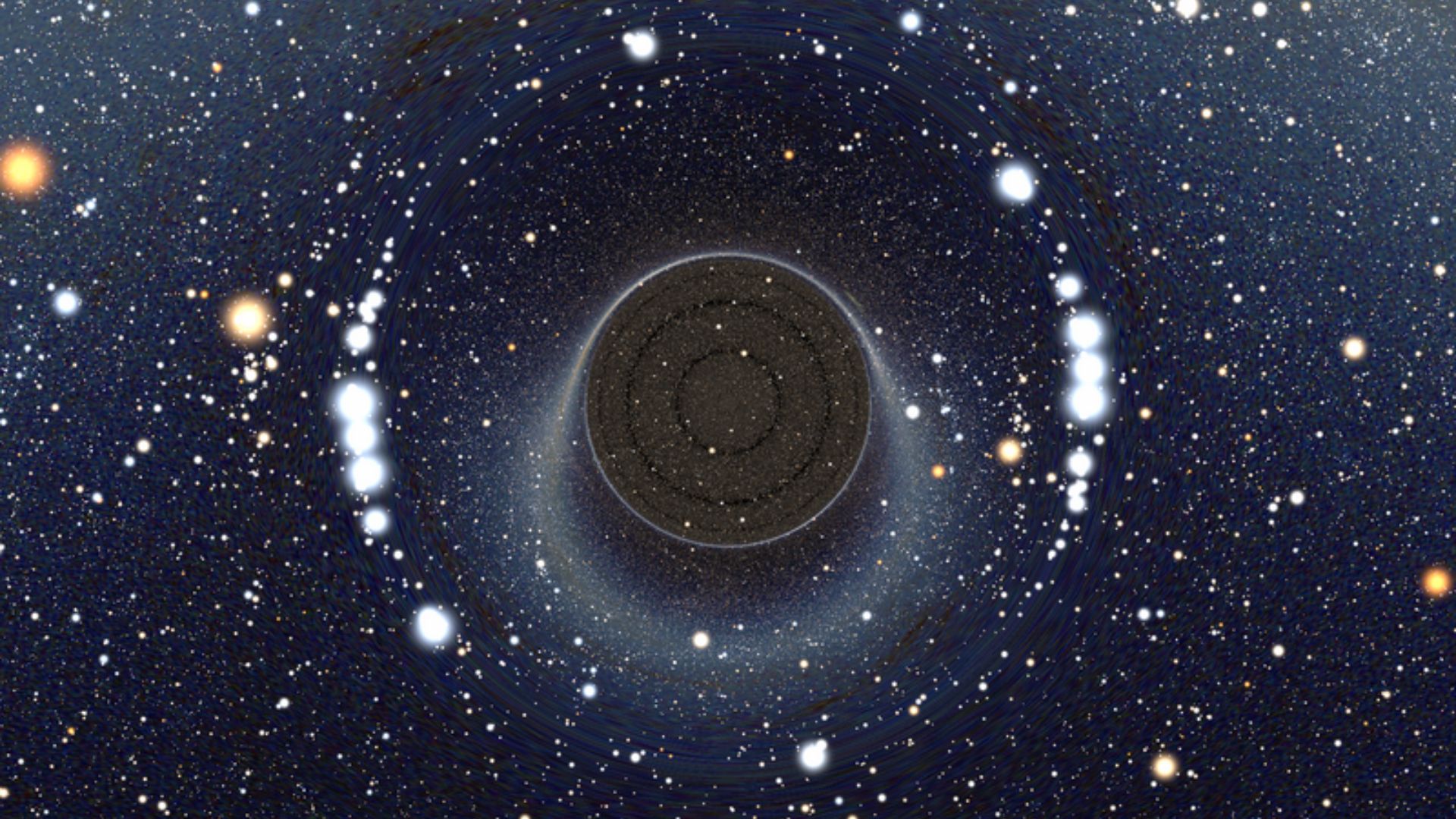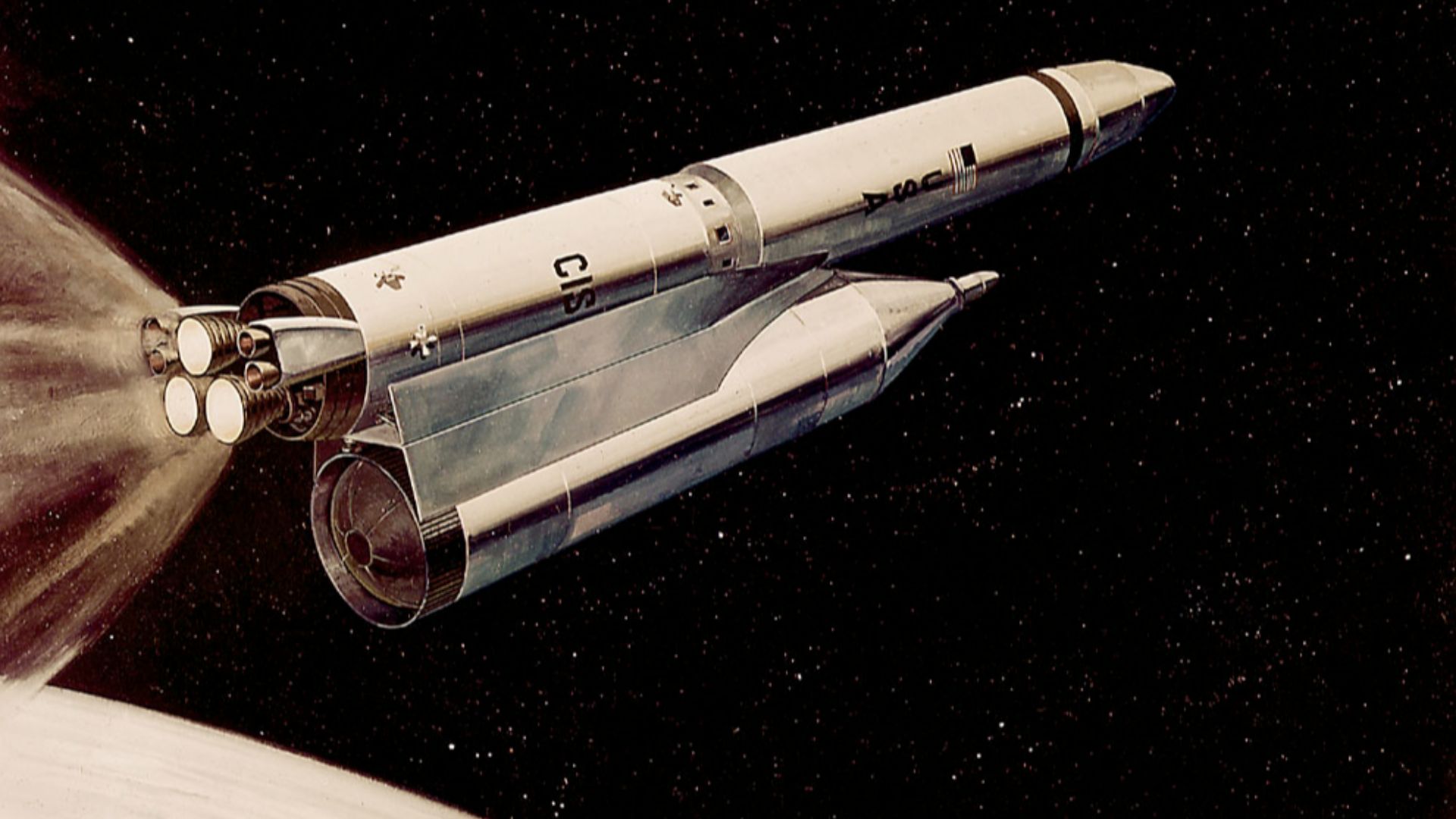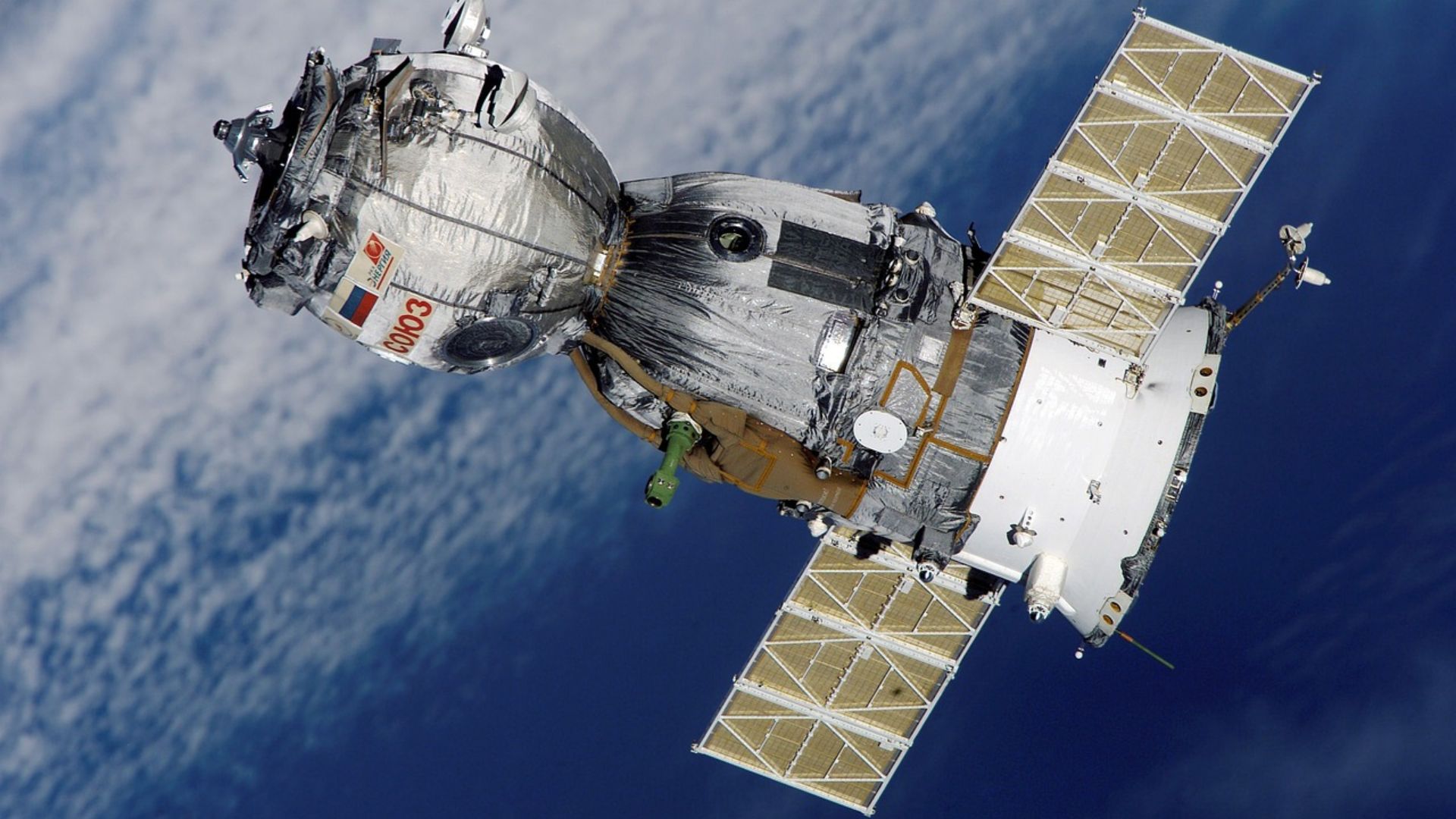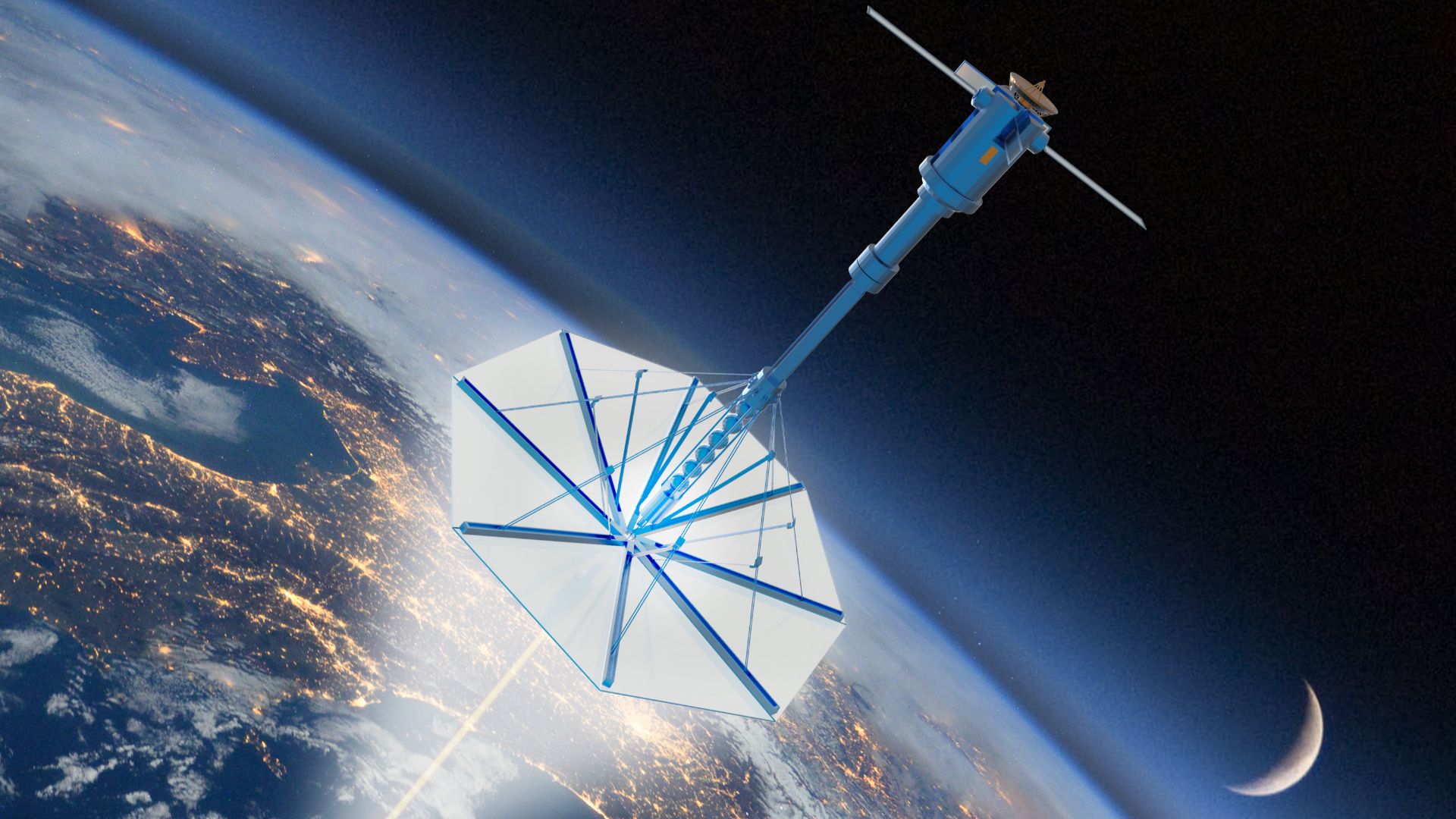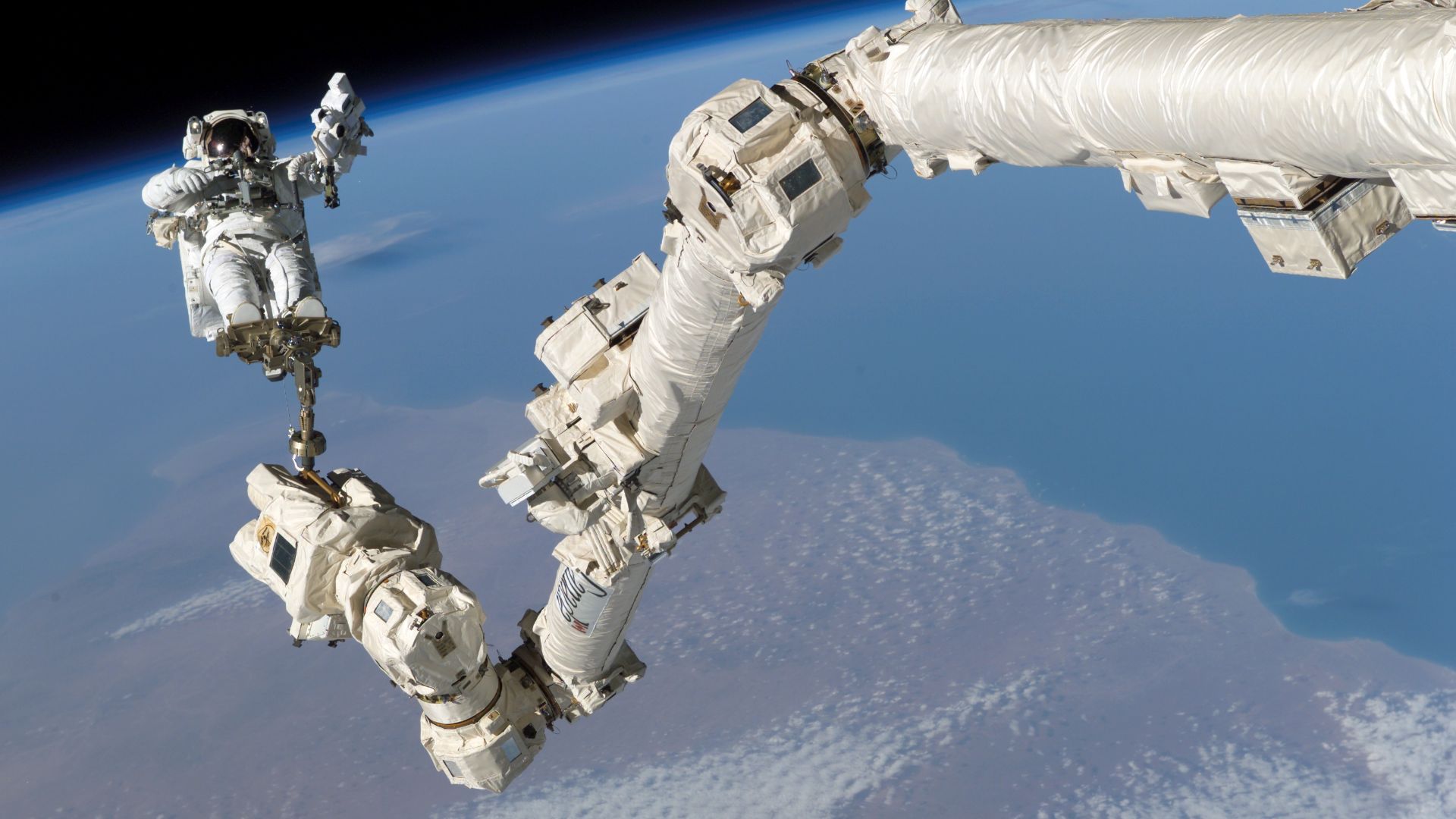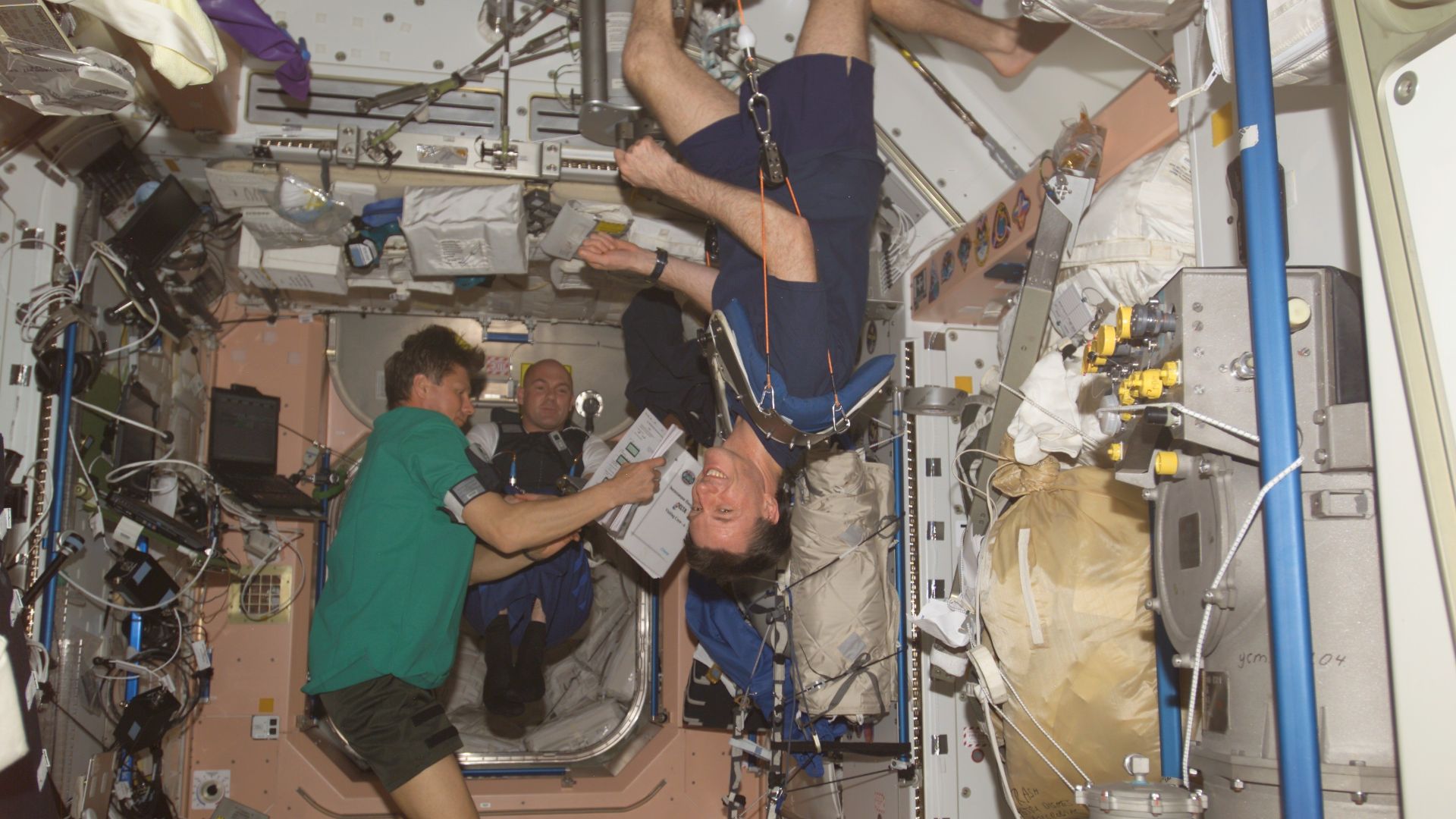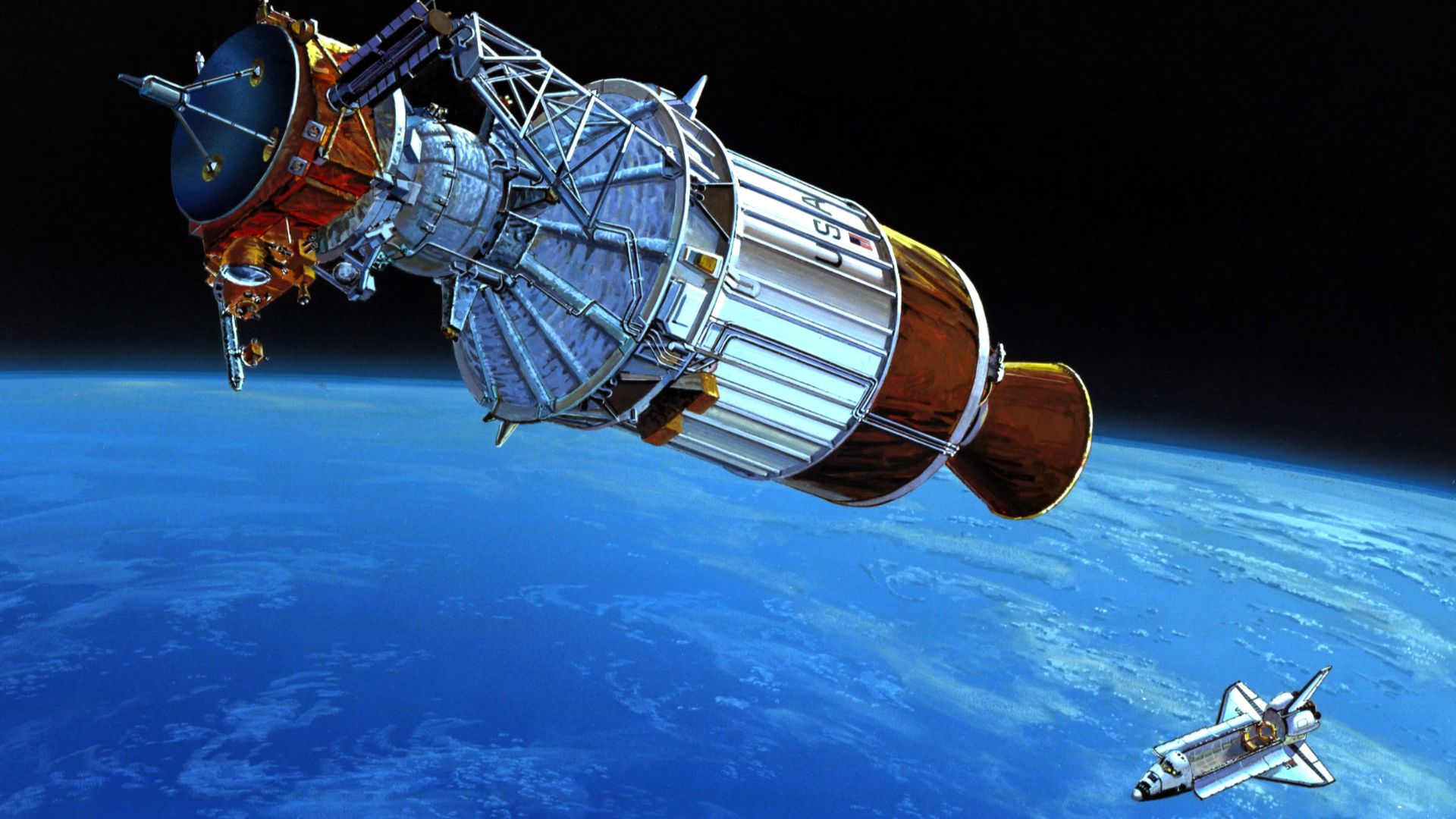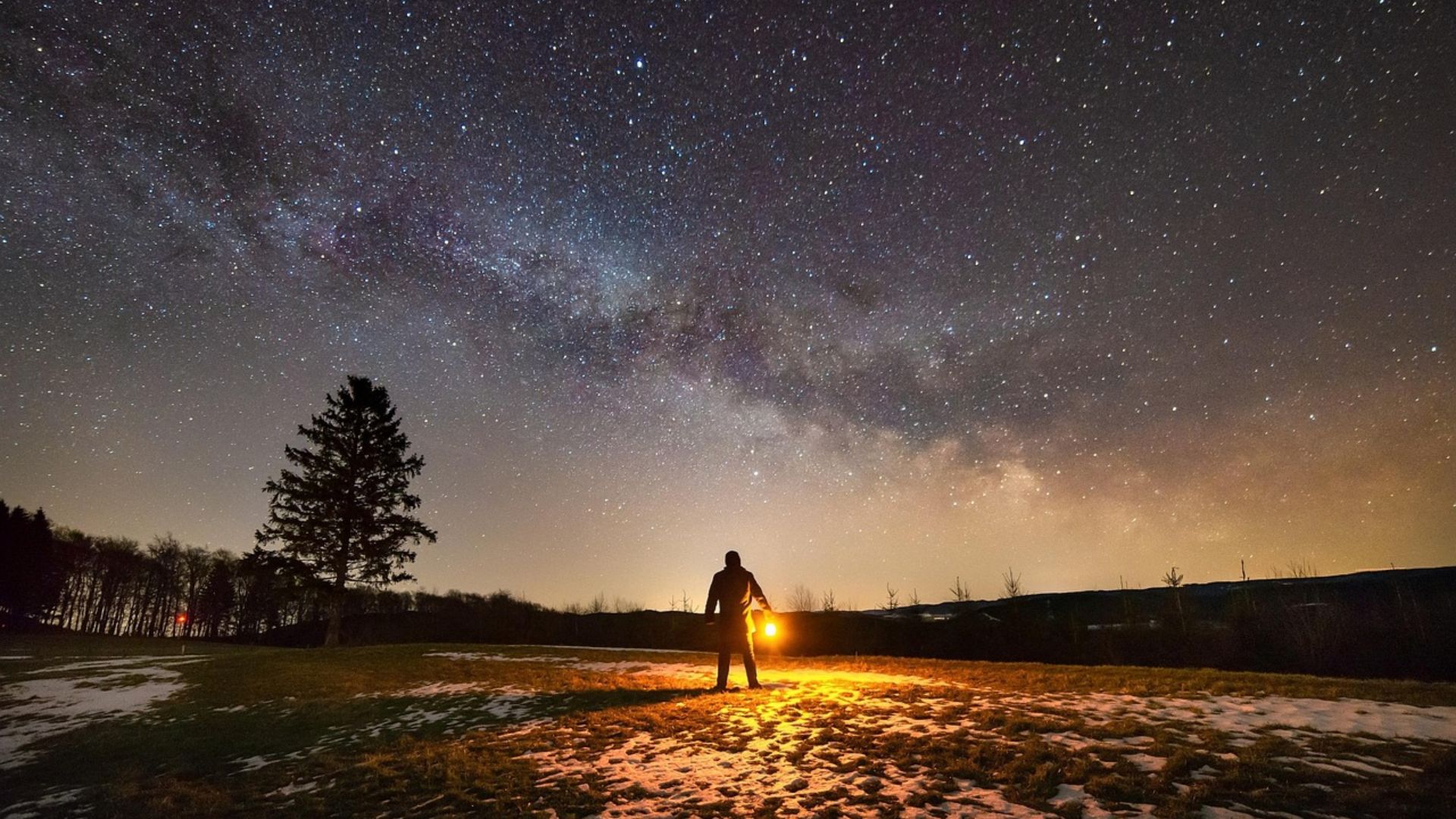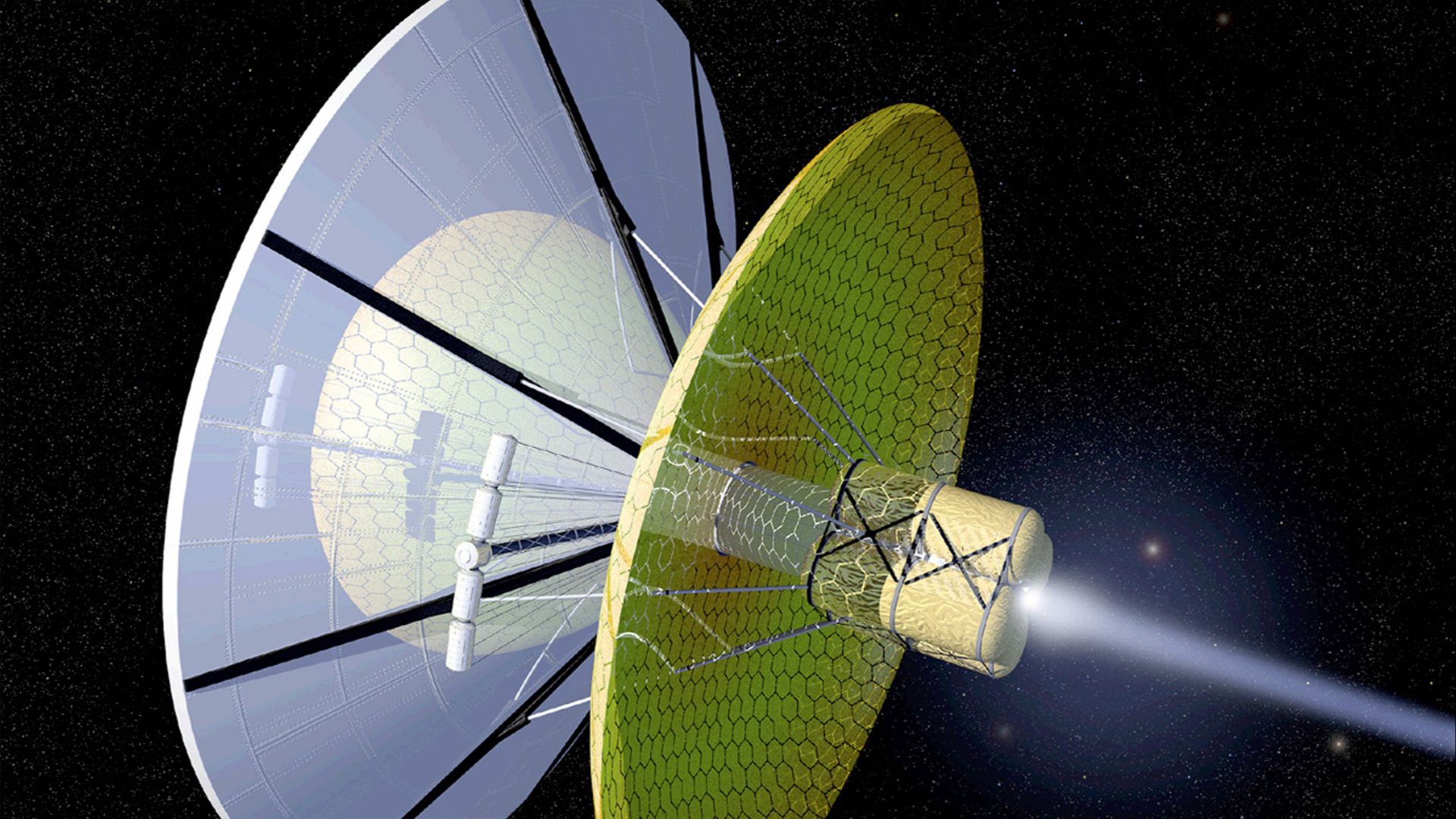The Cosmic Reality Check
Every story promises a journey beyond the solar system, yet the numbers rarely agree. Between the speed of light and a human lifespan, even our boldest technologies can’t outrun the universe’s indifference.
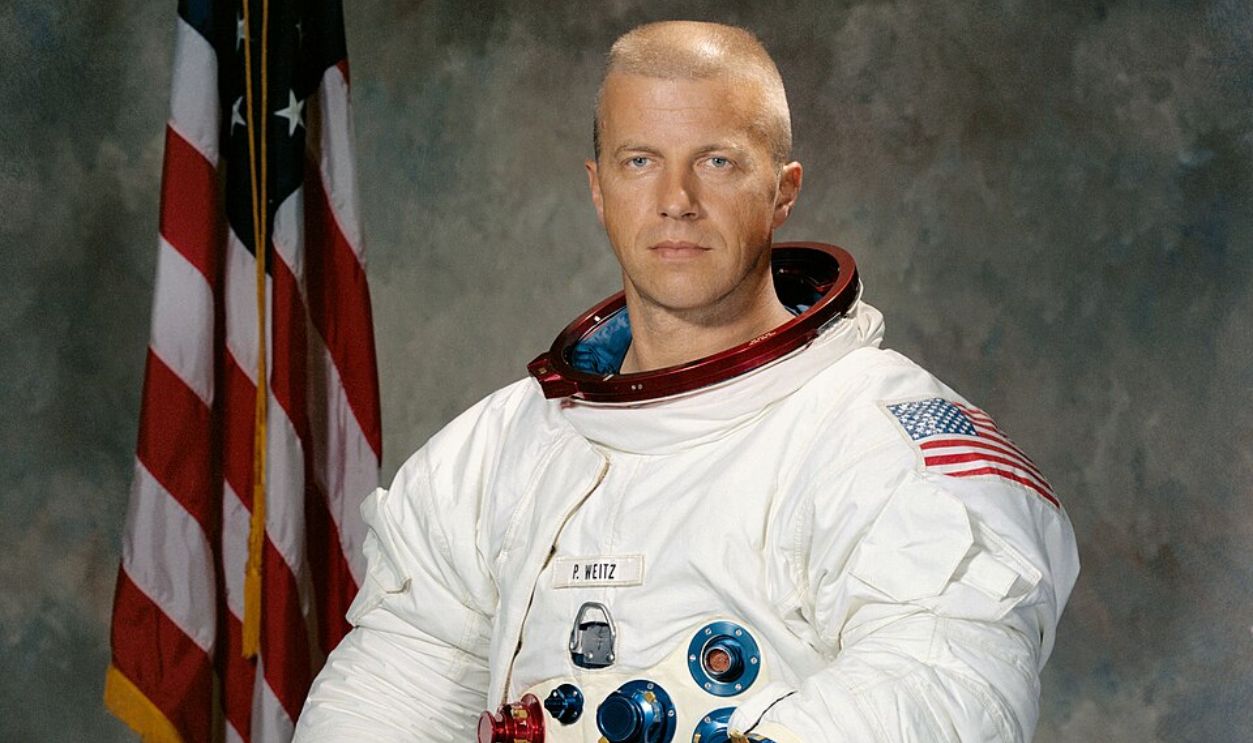
Proxima Centauri Is Located Twenty-Five Trillion Miles From Earth
Our nearest stellar neighbor, Proxima Centauri, sounds temptingly close when astronomers say it’s “just” over four light-years away. In reality, that’s twenty-five trillion miles of empty darkness. To put it simply, the universe doesn’t do short trips.
Current Spacecraft Would Take Seventy-Five Thousand Years To Reach Nearest Star
With the technology we’ve got, even our fastest probe, Voyager 1, would need around seventy-five thousand years to reach the nearest star. That’s longer than all of recorded human history. The idea of an interstellar commute suddenly feels a little ridiculous, unless you want to make it a generational journey.
Time Dilation Creates Profound Communication Barriers With Deep Space Missions
The deeper we venture into space, the trickier communication becomes. Time dilation messes with how we perceive and send signals. By the time a message leaves one end and reaches the other, everything back home might have changed.
Astronauts Age Slower While Decades Pass On Earth
Time dilation happens when motion stretches time itself. An astronaut might spend a handful of years in space and return to find Earth decades older. It’s a mind-bending effect of relativity, powerful in theory and heartbreaking in practice.
One Hour Near Black Hole Equals Seven Years Back Home
Movies like Interstellar didn’t exaggerate much here. Near a black hole, gravity warps time so drastically that one hour there equals seven years for those far away. What feels like a short mission could mean returning to an entirely different world.
Messages Take Years To Travel Between Star Systems
Even communication suffers from distance. A simple “hello” sent from one star system could take years to arrive, with the reply taking just as long. Conversations become history lessons rather than exchanges, which makes real-time contact impossible.
Relativistic Speeds Required For Reasonable Journey Times
To make interstellar travel practical, we’d need to move at a significant fraction of light speed. That means surviving radiation, controlling impossible energy levels, and somehow avoiding collisions with even the tiniest particles—each capable of catastrophic damage at those speeds.
Light Speed Limit Imposed By Einstein's Special Relativity
Einstein set a cosmic speed limit, and it’s a rule no one’s managed to bend. Nothing with mass can hit or exceed light speed. This single truth crushes most dreams of convenient star-hopping—it’s like trying to sprint through quicksand. Still impossible.
 Ferdinand Schmutzer / Adam Cuerden, Wikimedia Commons
Ferdinand Schmutzer / Adam Cuerden, Wikimedia Commons
Spacecraft Must Operate Independently After A Certain Distance
Once a ship travels too far, instant control from Earth becomes impossible. That means the spacecraft must think and repair itself on its own. Essentially, we’d be sending robotic pioneers to survive without any help from home.
 NASA/SpaceX, Wikimedia Commons
NASA/SpaceX, Wikimedia Commons
Colonies Cannot Know About Incoming Ships Until Arrival.
A civilization light-years away experiences isolation in the purest form. The ships approaching them stay unseen until arrival. Signals travel at light speed, so messages take years to cross the gulf, which keeps every colony in its own pocket of time.
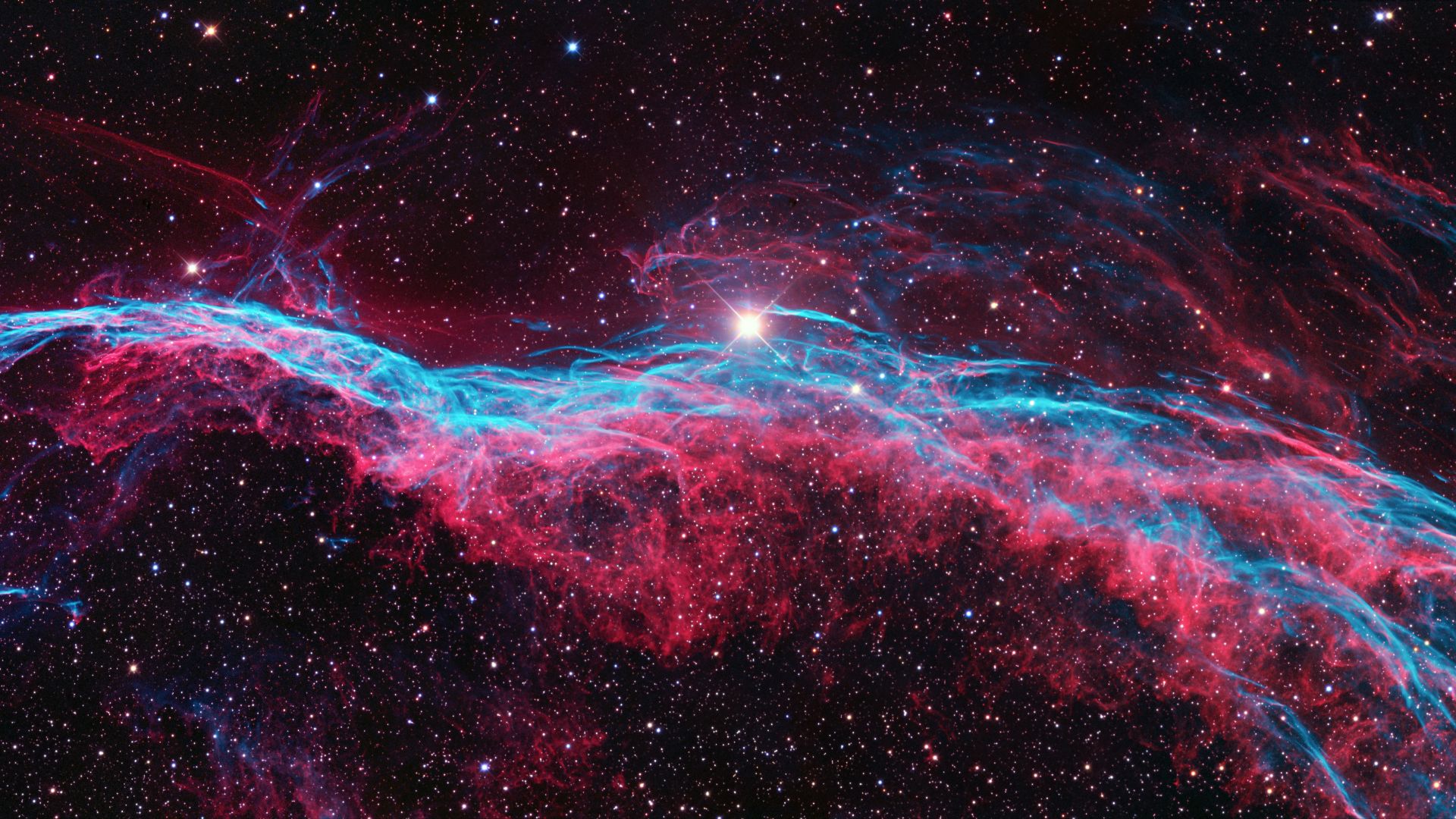 Ken Crawford, Wikimedia Commons
Ken Crawford, Wikimedia Commons
Twin Paradox Demonstrates Extreme Time Differential Effects
In the twin paradox, one twin travels through space near light speed while the other stays on Earth. When they reunite, the space traveler has aged far less. It’s a fascinating experiment on paper, yet a deeply human tragedy in practice.
 Robert Markowitz, Wikimedia Commons
Robert Markowitz, Wikimedia Commons
Traveling At Eighty Percent Light Speed Still Requires Decades
Space moves fast—humans comparatively don’t. Even if we somehow reach eighty percent of light speed, a trip to Proxima Centauri still takes decades. By the time travelers arrive, Earth’s politics, languages, and possibly even geography could look entirely unfamiliar.
Crew Members Will Return To Find Loved Ones Long Dead
For interstellar voyagers, the cruelest truth isn’t distance or physics, it’s loss. By the time they return, everyone they knew could be gone. The mission might succeed scientifically but fail emotionally, and would make them strangers in their own timeline.
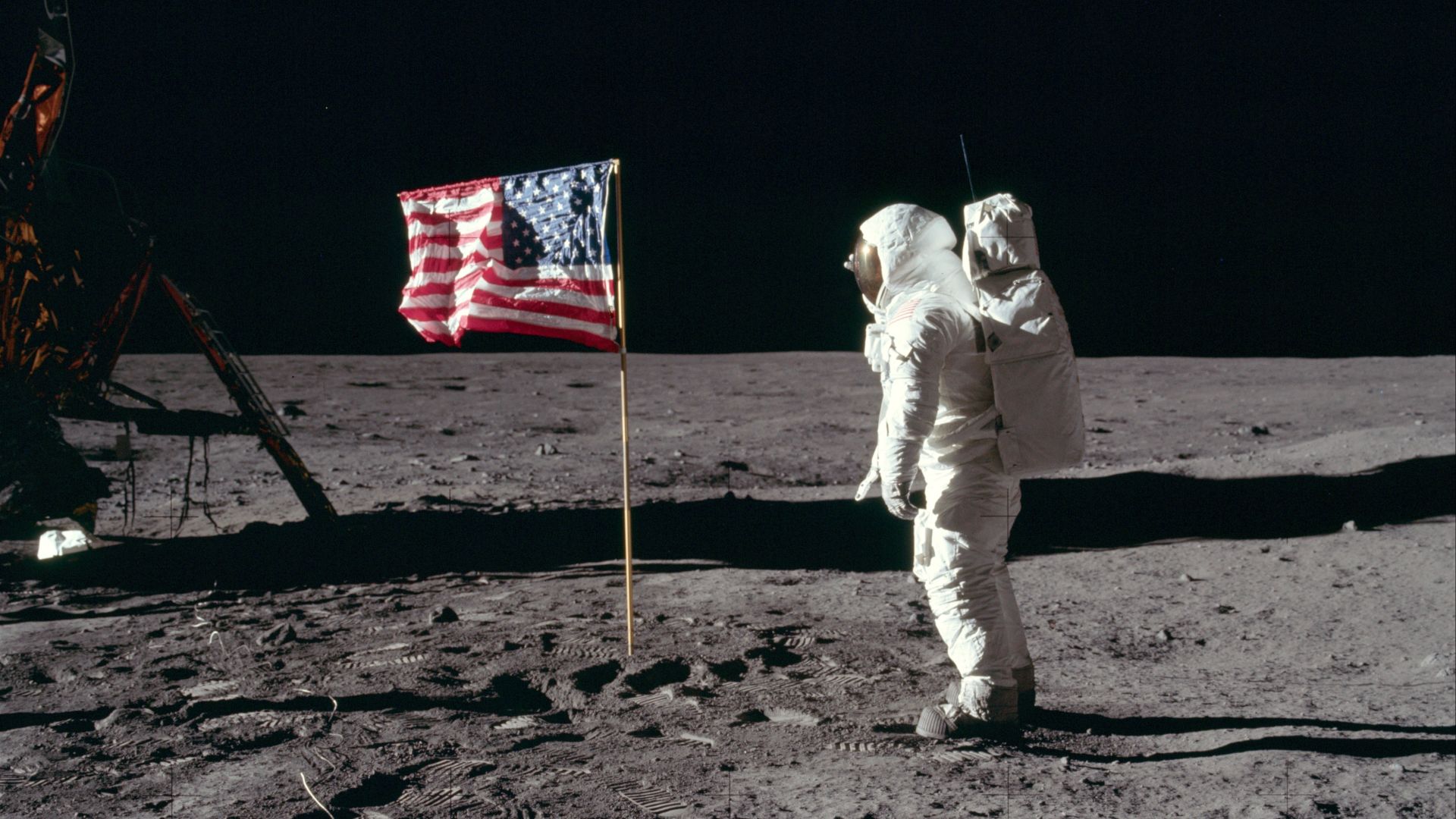 NASA / Neil A. Armstrong, Wikimedia Commons
NASA / Neil A. Armstrong, Wikimedia Commons
GPS Satellites Already Account For Time Dilation Effects
In orbit, each GPS satellite keeps time a little differently. Its clock races ahead compared to one on Earth. Without engineers fine-tuning those ticks, your map would drift far from your true spot—a preview of challenges deep-space explorers will know well.
Interstellar Travelers Experience Profound Isolation From Humanity
Each mile away from Earth takes a little more connection with it. Silence replaces conversation, and home turns into a fading memory. Out there, among the stars, the heart learns what true solitude feels like.
No Response Possible When Problems Arise Mid-Journey
Once a ship drifts too far from home, there’s no calling for help. A malfunction or life support failure must be handled entirely onboard. Every problem becomes final as there’s no control room waiting to jump in and save the day.
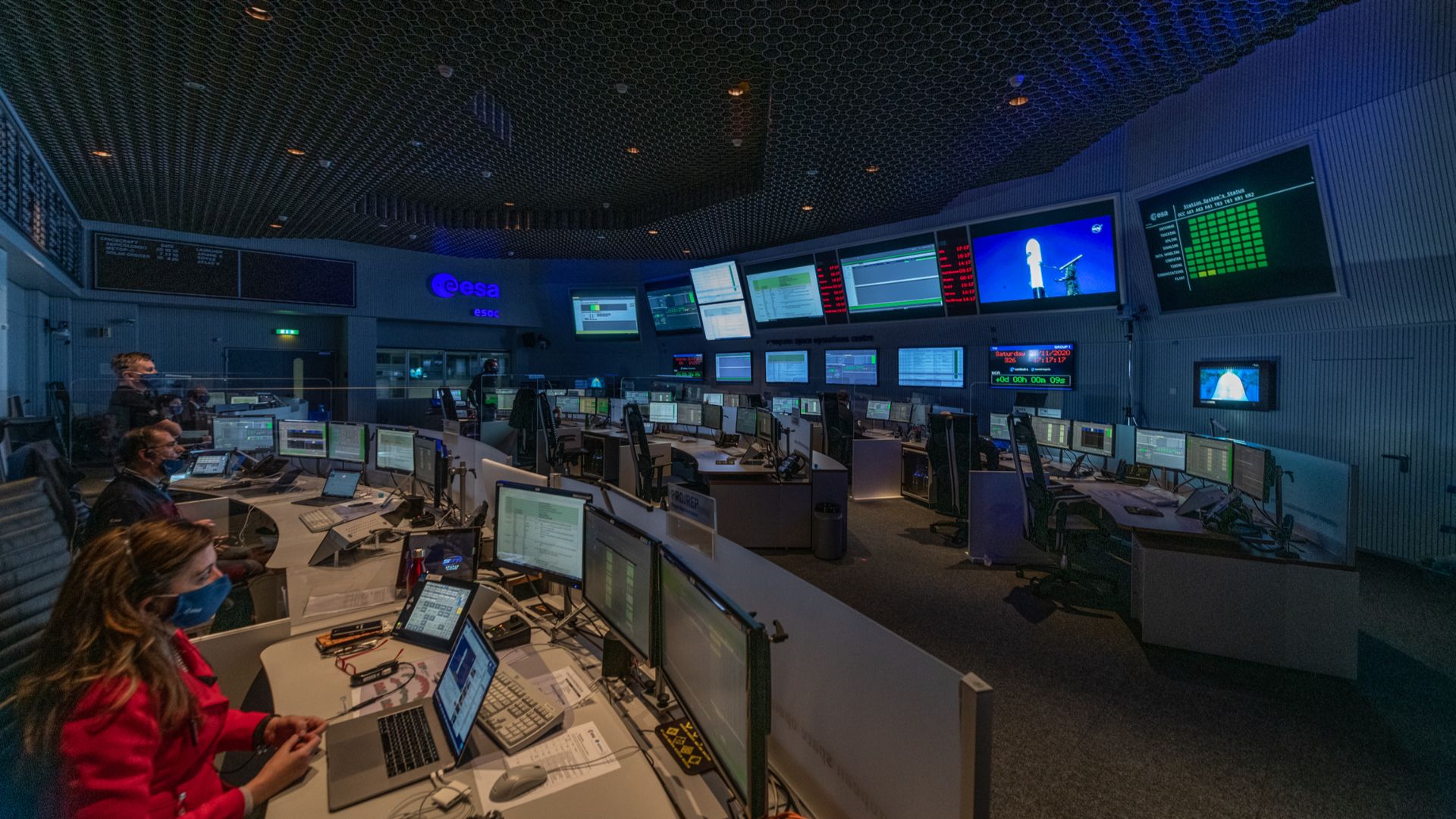 European Space Agency, Wikimedia Commons
European Space Agency, Wikimedia Commons
Faster-Than-Light Travel Remains Physically Impossible
Accelerating toward light speed sounds thrilling until physics steps in. Each bit of added speed makes an object heavier, until progress demands infinite energy. Faster-than-light travel would tear through the principles that keep matter and energy in balance.
 Sarbast.T.Hameed, Wikimedia Commons
Sarbast.T.Hameed, Wikimedia Commons
Wormholes Require Exotic Matter With Negative Mass
Theoretically, wormholes could bridge distant stars. The problem is, they’d need something called “exotic matter,” which behaves opposite to normal mass. It would repel rather than attract gravity, and so far, no one’s found a single atom of it.
Energy Requirements Exceed Total US Annual Consumption By Thousands
Propelling even a small ship to near-light speed would take more energy than humanity produces in thousands of years. The math alone makes it daunting. Our entire civilization isn’t yet capable of paying the cosmic energy bill that such a trip demands.
 Nuclear Regulatory Commission from US, Wikimedia Commons
Nuclear Regulatory Commission from US, Wikimedia Commons
Antimatter Propulsion Requires Fourteen Times Spacecraft Mass
Antimatter stores energy more tightly than any chemical fuel, which makes it tempting for space travel. The production process consumes tremendous power, so a realistic fuel load becomes many times heavier than the ship itself. In plain terms, it is like transporting a mountain to light a single match.
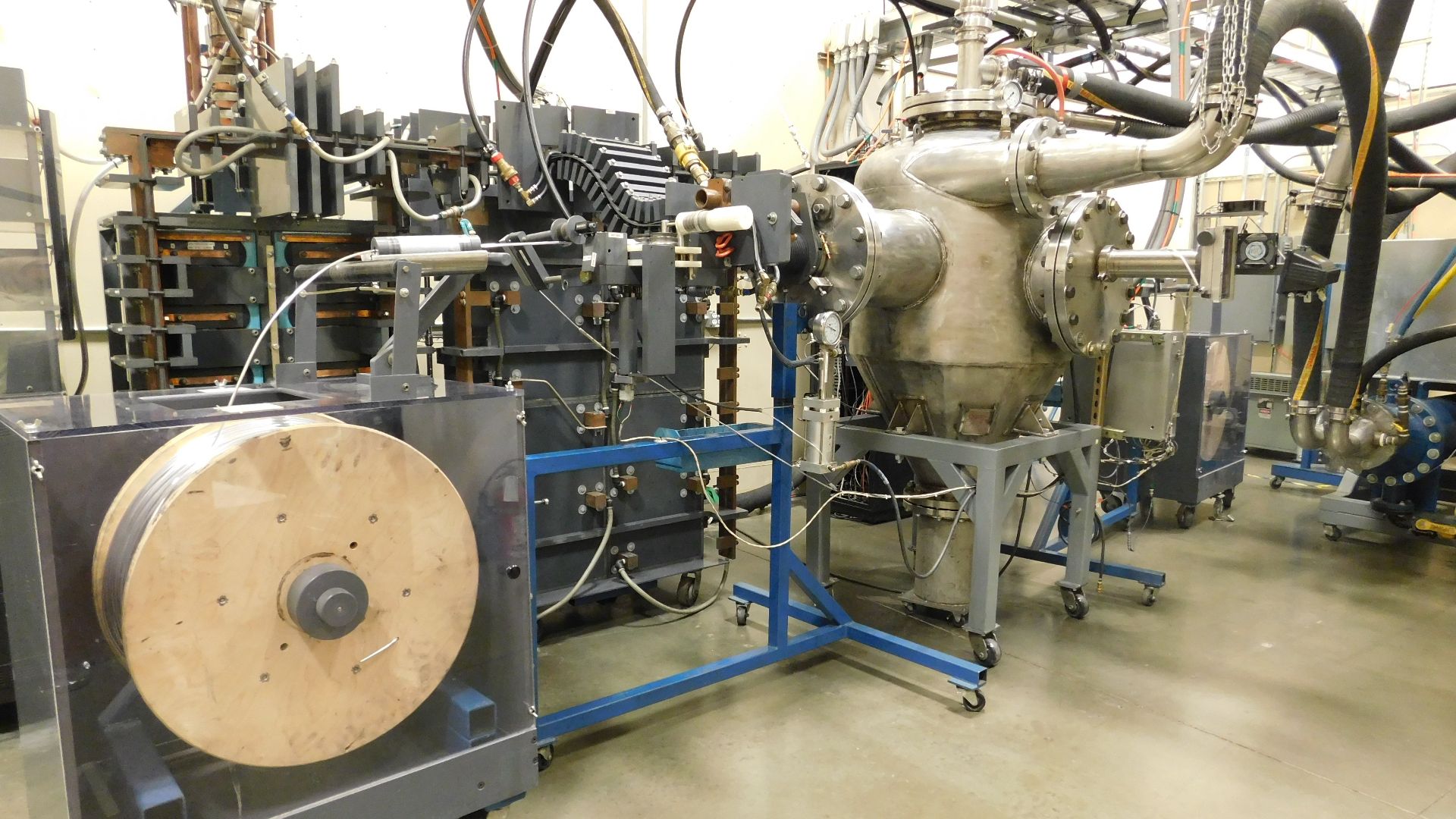 Kurt Schroder, Wikimedia Commons
Kurt Schroder, Wikimedia Commons
Chemical Propulsion Systems Hopelessly Inadequate For Distances
The same fuel that gets us to Mars won’t even scratch interstellar distances. Chemical propulsion burns bright and fast—but not long enough. It’s like trying to cross an ocean in a rowboat by paddling toward a horizon that never moves closer.
Carrying Sufficient Fuel Deemed Practically Impossible
Fuel always sits at the heart of space travel’s toughest puzzle. Carrying extra fuel adds weight, which demands even more effort to push the vessel forward. The loop keeps tightening until the journey itself feels like an unsolvable riddle in motion.
Nuclear Fusion Technology Still Decades Away From Viability
Fusion energy, which is our best theoretical bet, is still far from ready. Despite decades of research, sustaining a fusion reaction long enough for practical use remains unsolved. If we can’t even power a city with it yet, a spaceship seems a distant dream.
 IAEA Imagebank, Wikimedia Commons
IAEA Imagebank, Wikimedia Commons
Breakthrough Starshot Project Aims For Twenty Percent Light Speed
Breakthrough Starshot plans to propel lightweight probes toward Alpha Centauri using focused laser beams. The idea could redefine exploration. So why doesn’t it work? The energy demands and precision requirements exceed what current materials and technology can handle.
Powerful Lasers Could Propel Lightweight Sails Through Space
What if microscopic spacecraft equipped with reflective sails catch laser light like cosmic wind? Theoretically, those beams could accelerate them to incredible speeds. It’s elegant and ingenious—though still more laboratory fantasy than a practical launch plan for humans.
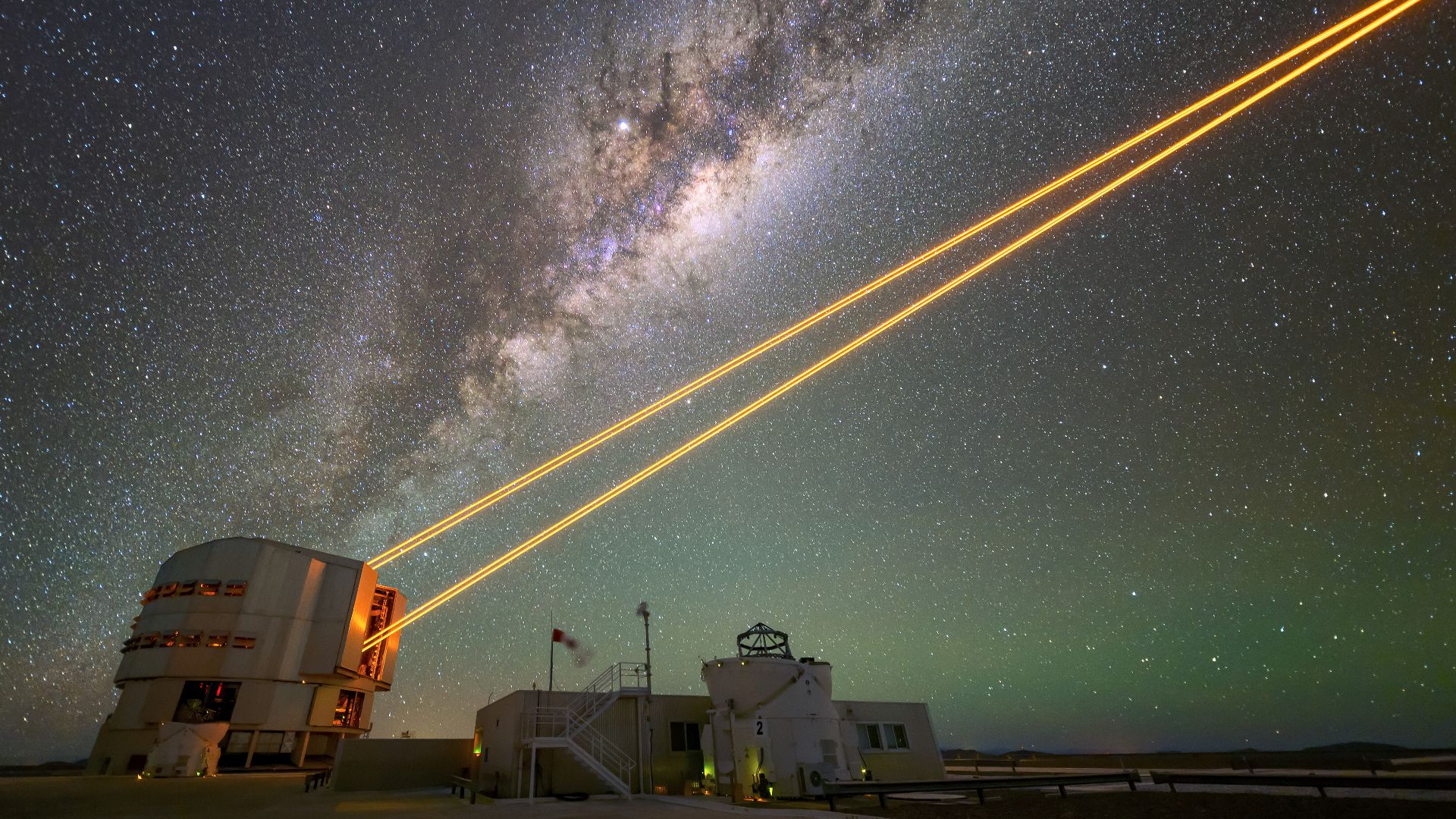 ESO/A. Ghizzi Panizza (www.albertoghizzipanizza.com), Wikimedia Commons
ESO/A. Ghizzi Panizza (www.albertoghizzipanizza.com), Wikimedia Commons
Cosmic Radiation Threatens Crew Health Over Long Journeys
Space isn’t empty—it’s flooded with high-energy particles that can shred DNA and cause fatal cancers. Shielding against cosmic radiation requires massive barriers, which increase ship weight. Every safety layer adds another impossible design challenge to the list.
Bussard Ramjet Would Need A Magnetic Field Across The Solar System
One classic concept, the Bussard ramjet, would scoop hydrogen from space to fuel itself indefinitely. The catch? It would need a magnetic field stretching nearly the width of our solar system. A brilliant theory, yes, but building it borders on impossible.
Muscle Loss And Brittle Bones Result From Extended Microgravity
Space travel changes humans at their very core. Even months in space weaken astronauts’s muscles and bones. Now imagine decades in microgravity. Over time, bodies would struggle to walk or even stand if they ever returned home.
Psychological Toll Of Lifetime Confinement Weighs Heavily
Being locked in a metal capsule for a lifetime is emotionally punishing. The isolation, monotony, and sheer silence can wear on the mind. For many, it would be harder to survive mentally than to be physically surviving in space itself.
Generation Ships Require Multigenerational Commitment To Mission
Since a single human lifespan won’t cover interstellar travel, one idea is the generation ship—a floating society where children and grandchildren continue the mission. Those born onboard would never see Earth, only stories of a planet they left behind.
Spacecraft Components Degrade Over Century-Long Voyages
Even the toughest alloys and electronics have limits. A ship traveling for centuries would face constant wear from radiation and mechanical stress. Without maintenance crews or replacement parts, every tiny failure could snowball into mission-ending collapse.
Collisions With Interstellar Dust Cause Catastrophic Damage
At near-light speeds, even a speck of dust becomes a bullet. Hitting one grain could vaporize entire sections of a ship. Space may seem empty, yet every particle turns into a potential disaster waiting in the dark.
High-Energy Particles Pose Significant Radiation Hazards
Cosmic rays slice through cells like microscopic shrapnel, warping DNA and triggering damage that compounds over time. These particles can disrupt neural pathways and plant the seeds of cancers long before travelers realize what’s happening. Shielding becomes a matter of survival, not comfort.
Earth's Atmosphere Shields Against Harmful Cosmic Rays
Earth feels benign only because an atmospheric blanket and magnetic field intercept radiation long before it meets our bodies. Spacefarers lose that protection the moment they climb past orbit, entering an environment where nothing stands between them and incoming cosmic fire.
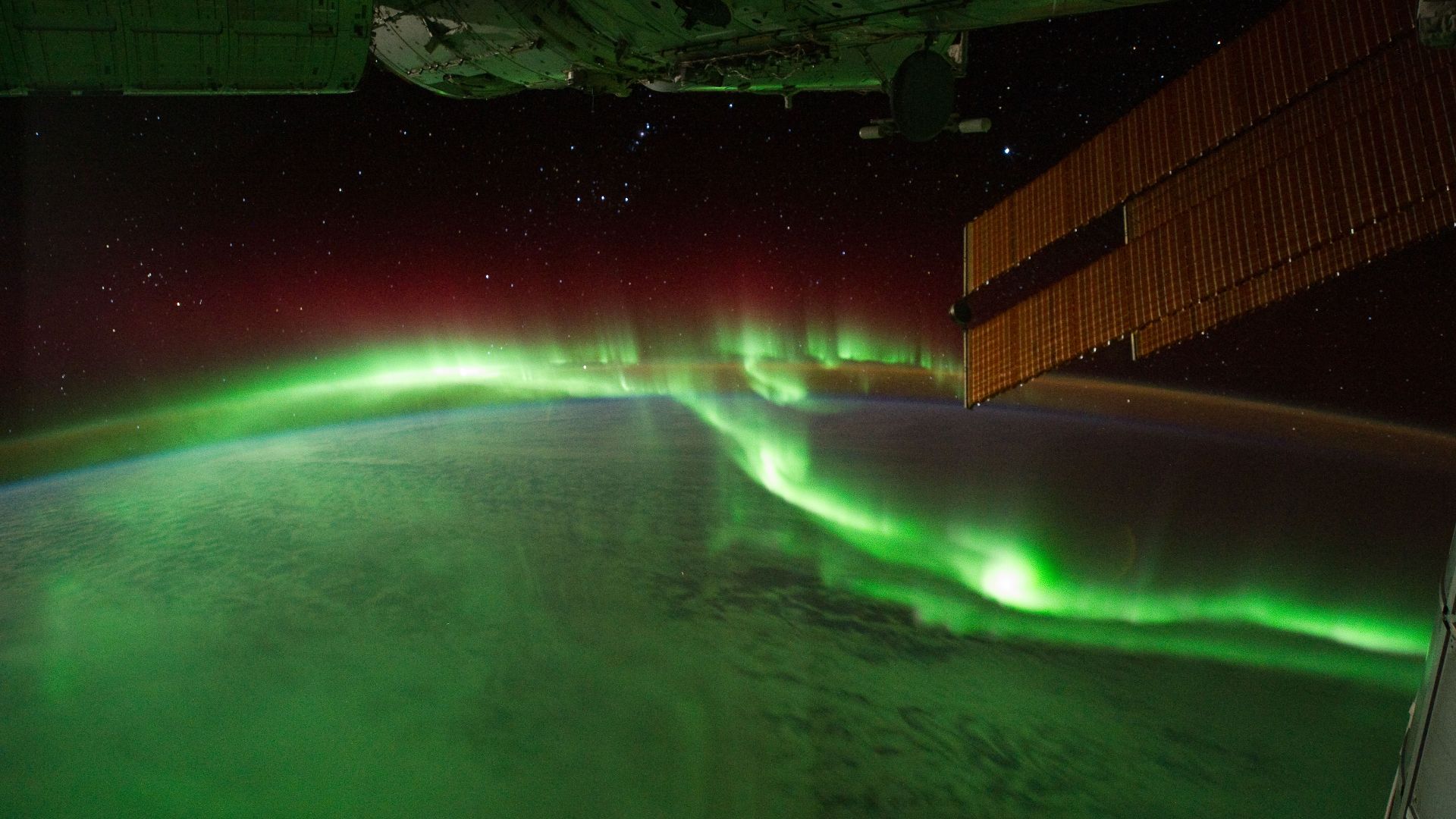 NASA's Earth Observatory, Wikimedia Commons
NASA's Earth Observatory, Wikimedia Commons
Voyager One Has Covered Only One-Three-Hundred-Ninety-Ninth Of A Light Year
Launched in 1977, Voyager One remains our most distant creation. Yet after nearly fifty years, it’s only traveled one-third of a light-year. That tiny fraction puts the scale of interstellar travel into a sobering perspective, as it’s barely left our neighborhood.
Deep Space Offers No Protection From Dangerous Radiation
Beyond the solar system lies a zone with no magnetic cushion and no nearby star to soften the particle onslaught. Travelers move through a region where radiation comes from every direction, turning the journey into a constant environmental assault that no natural shield can reduce.
Currently Moving At One-Seventeen-Thousandth Speed Of Light
Voyager One moves fast by human standards, about 10.6 miles per second, but in cosmic terms, it’s crawling—just one-seventeenth the speed of light. If interstellar travel were a marathon, we haven’t even left the starting line yet.
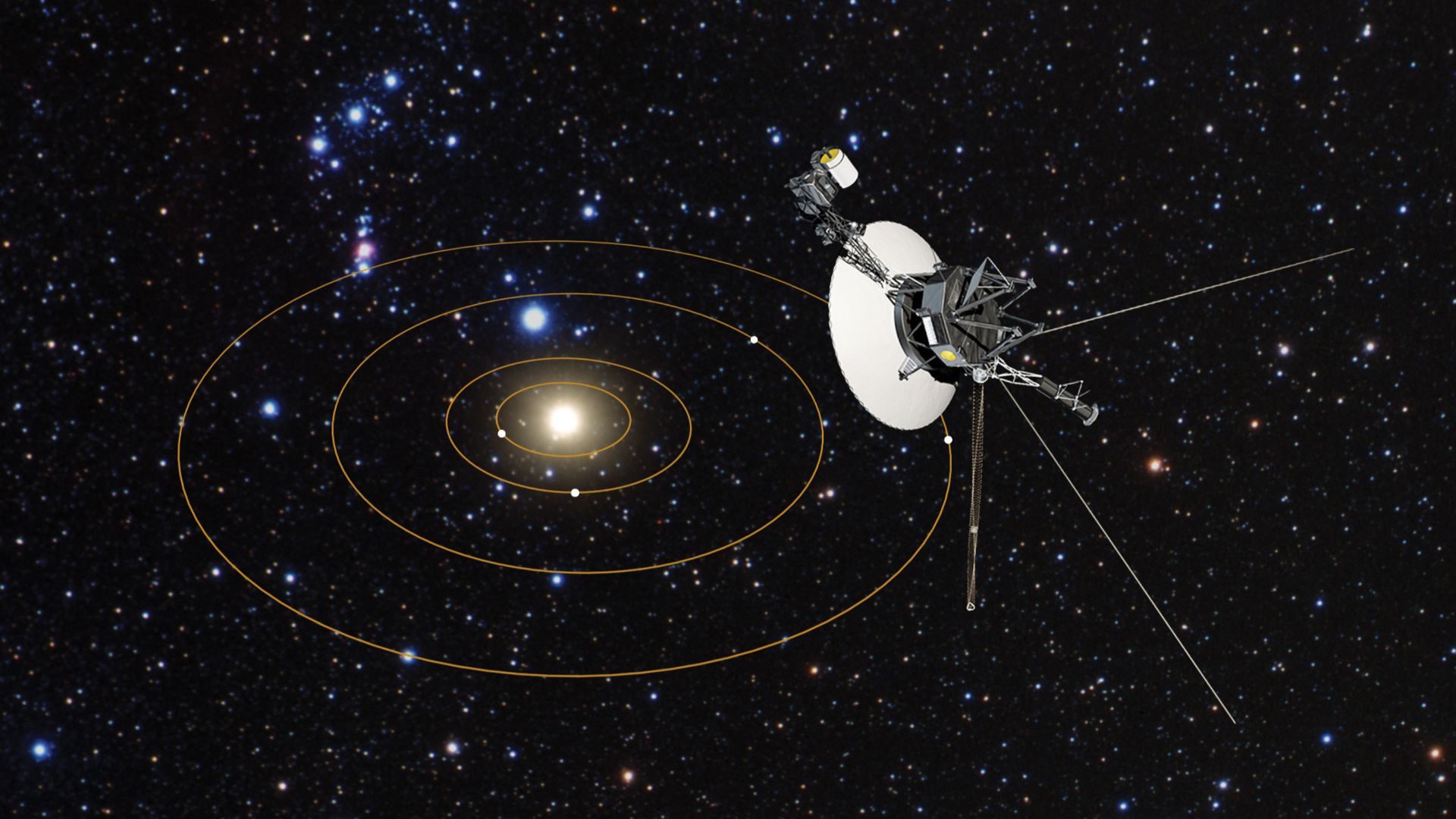 NASA, ESA, and G. Bacon (STScI), Wikimedia Commons
NASA, ESA, and G. Bacon (STScI), Wikimedia Commons
Genetic Damage Accumulates Over Multigenerational Missions
On century-long voyages, radiation doesn’t just affect one crew—it affects their descendants. Genetic mutations could accumulate and alter the future generations born in space. What begins as exploration might eventually create an entirely new branch of humanity, adapted to cosmic hardship.
 National Human Genome Research Institute, Wikimedia Commons
National Human Genome Research Institute, Wikimedia Commons
Alpha Centauri Would Require A One-Hundred-Seventy-One-Mile Scale Journey
If the distance between Earth and Alpha Centauri were shrunk so the Sun and our nearest star fit on a map 171 miles wide, Earth’s entire orbit would be smaller than a dot. That’s how staggeringly vast interstellar space really is.
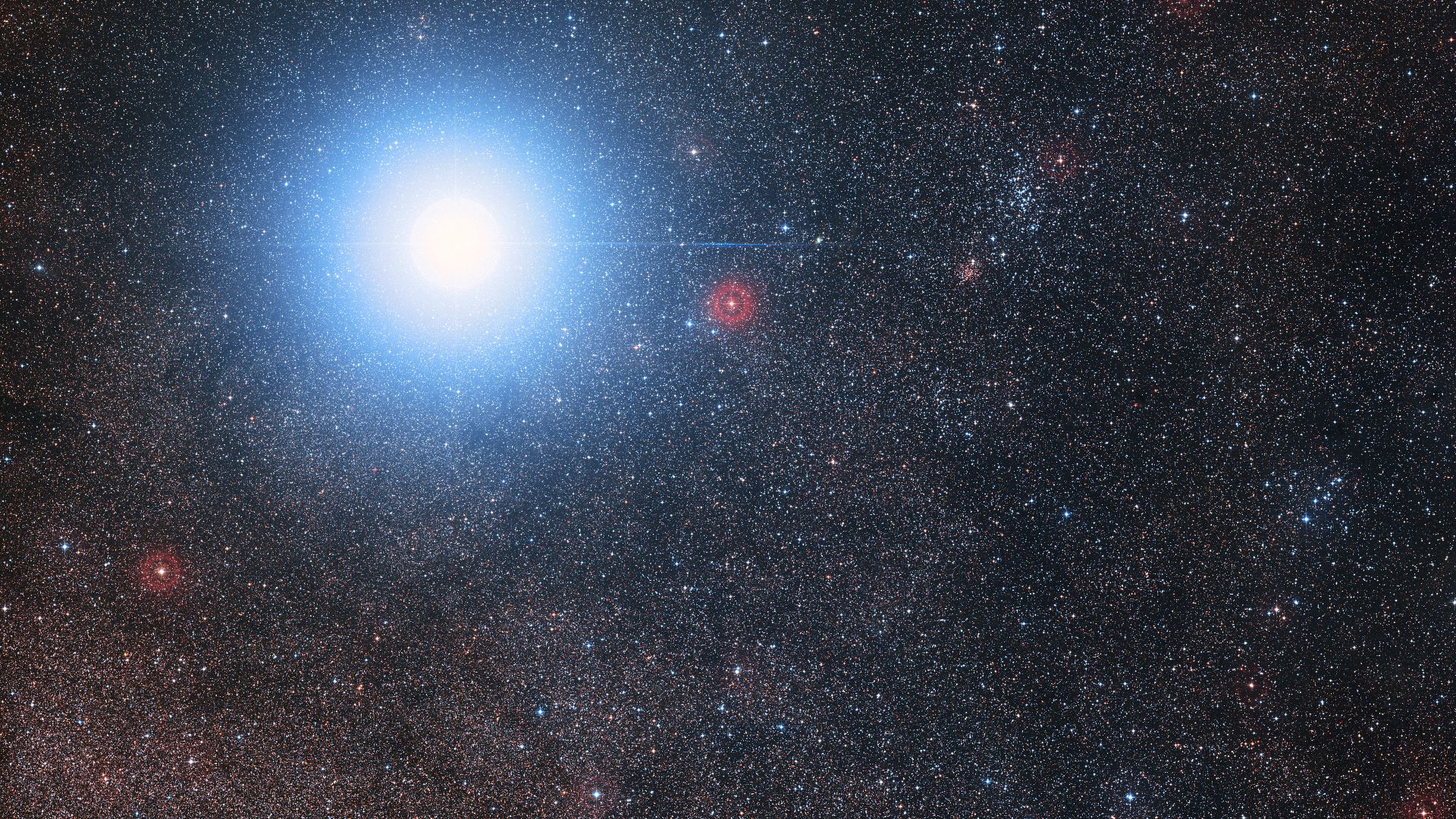 Digitized Sky Survey 2. Acknowledgement: Davide De Martin/Mahdi Zamani, Wikimedia Commons
Digitized Sky Survey 2. Acknowledgement: Davide De Martin/Mahdi Zamani, Wikimedia Commons
Cryogenic Suspension Technology Remains A Science Fiction Dream
Putting astronauts into deep sleep for centuries sounds clever until biology interferes. Freezing living tissue without causing irreversible damage is still far beyond us. Hollywood can do it easily; real science hasn’t even gotten a mouse to wake up.
 Peter nussbaumer, Wikimedia Commons
Peter nussbaumer, Wikimedia Commons
Hibernation Systems Never Successfully Tested On Mammals
Scientists have slowed the metabolism of small creatures, yet no mammal has ever been placed in long-term hibernation and revived. That’s a huge barrier for interstellar travel, as keeping humans alive but inactive without aging or decay is still a fantasy.
 Anna Marchenkova, Wikimedia Commons
Anna Marchenkova, Wikimedia Commons
Single Mars Mission Already Costs Billions Of Dollars
Even a trip to Mars, which is a tiny leap compared to interstellar distances, costs billions. Every system, with each ounce of cargo and different safety measures, adds more zeroes to the budget. Now stretch that across light-years, and the price becomes incomprehensible.
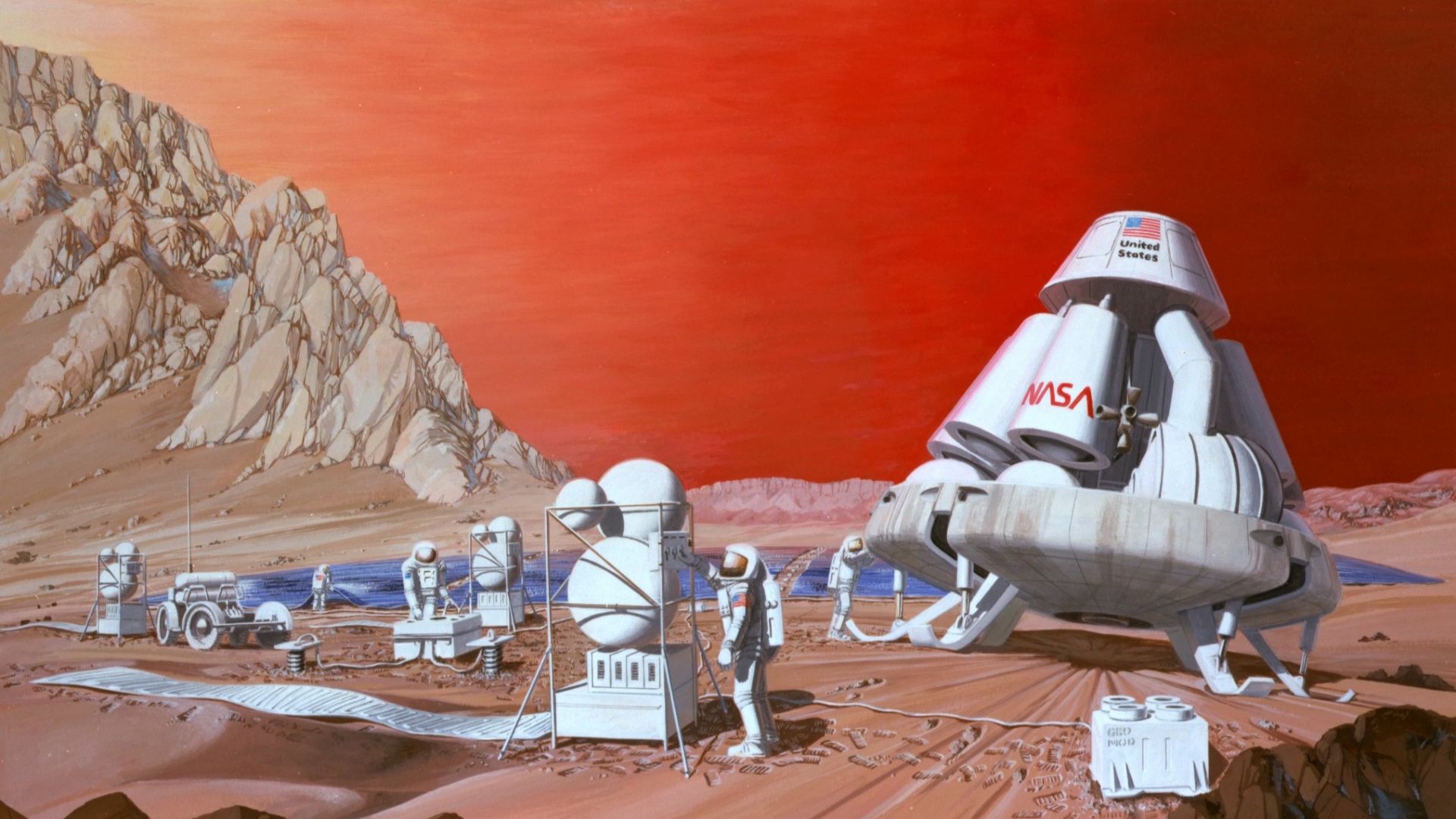 Les Bossinas of NASA Lewis Research Center, Wikimedia Commons
Les Bossinas of NASA Lewis Research Center, Wikimedia Commons
Budget Limitations Force Interstellar Efforts Into The Backseat
With pressing issues like climate change and energy crises, funding for interstellar exploration becomes hard to justify. Governments prioritize what’s near-term and visible. So, deep space missions often stay in the realm of research papers rather than reality.
 Unknown photographer, Wikimedia Commons
Unknown photographer, Wikimedia Commons
No Advanced Civilization Has Made Contact Despite The Universe's Age
Our universe has existed for nearly fourteen billion years, yet no clear sign of alien travelers has ever appeared. Maybe they tried and failed or decided it wasn’t worth the price. Perhaps we’re all stranded, each world locked in its own light-year bubble.
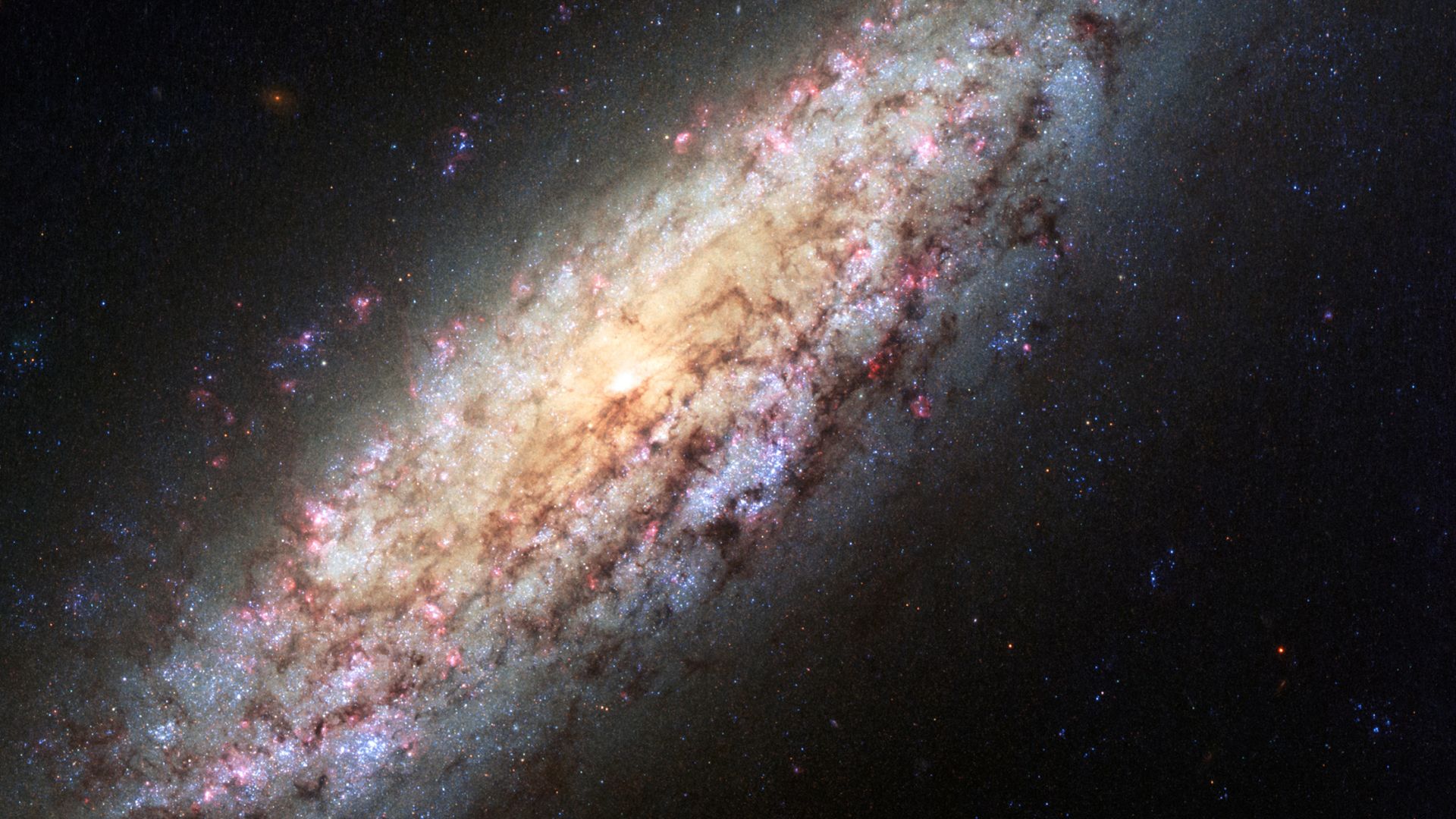 NASA Goddard Space Flight Center from Greenbelt, MD, USA, Wikimedia Commons
NASA Goddard Space Flight Center from Greenbelt, MD, USA, Wikimedia Commons

